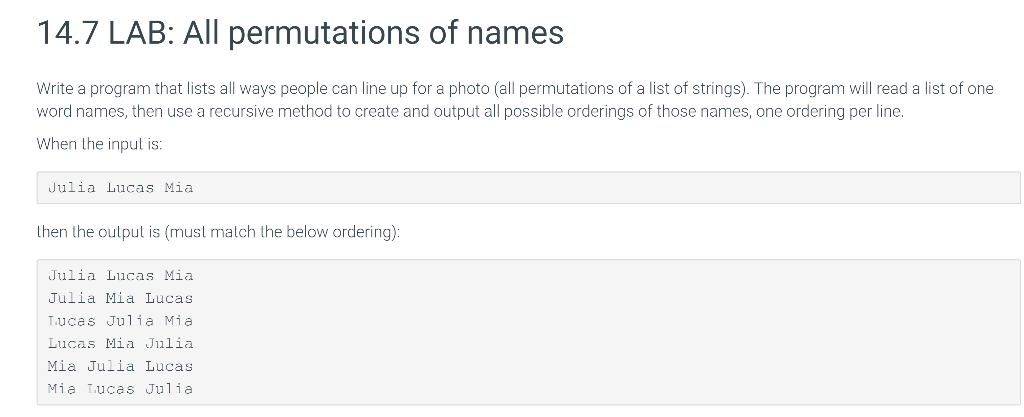

To permute the 2D matrix by rows we set the axis argument to 1. Here we explicitly specify the axis argument to 0 to permute by columns. Therefore the permutation() function will permute the 2D array by columns.

Note that the axis argument is 0 by default. We can permute the matrix or 2D array using permutation() function. Python3 import numpy as np import matplotlib. , n perm i for i in range (1, n + 1) Apply sigma to perm shuffledperm shuffleunderseed (perm, seed).

Example 1 : In this example we can see that by using () method, we are able to get the sequence of permutation and it will return the sequence by using this method. import random def shuffleunderseed (ls, seed): Shuffle the list ls using the seed seed ed (seed) random.shuffle (ls) return ls def unshufflelist (shuffledls, seed): n len (shuffledls) Perm is 1, 2. Let us first create a 2D array of dim 3×3 using Numpy’s arange() and reshape() functions. Syntax : (x) Return : Return the random sequence of permuted values. Permute 2D Array with permutation() within columns We can also permute elements in a Python list. Note: This method changes the original list, it does not return a new. integer to get randomly shuffled arrays containing integers 0 to 9.Īs we mentioned above this is equivalent to providing np.arange(10) as input argument to permutation(). The shuffle() method takes a sequence, like a list, and reorganize the order of the items. Now we can use permutation function on the. With the help of () method, we can get the random samples of sequence of permutation and return sequence by using this method.
#Python permute list randomly generator#
The axis argument is useful for permuting 2D arrays.įirst, let us create a Random generator object using default_rng() function. The second argument to permutation() function is axis and it is set to 0 by default. When x is an integer, permutation() function uses the array from np.arange(x) as input. A typical array like object is a Python list, 1D Numpy array, or a 2d Numpy array. Write a program that produces ten random permutations of the numbers1to10.To generate a random permutation, you need to fill a list with the numbers 1 to 10 so. Here x can be an integer or array like object. The basic syntax of Numpy’s permutation function is We will use Numpy’s Random Generator class to create generator object with default_rng() and use permutaion() function on the object to permute. If x is a multi-dimensional array, it is only shuffled along its first index.
#Python permute list randomly how to#
In this post, we will learn how to permute or randomize a 1D array and 2D Numpy Array using Numpy. Randomly permute a sequence, or return a permuted range.


 0 kommentar(er)
0 kommentar(er)
